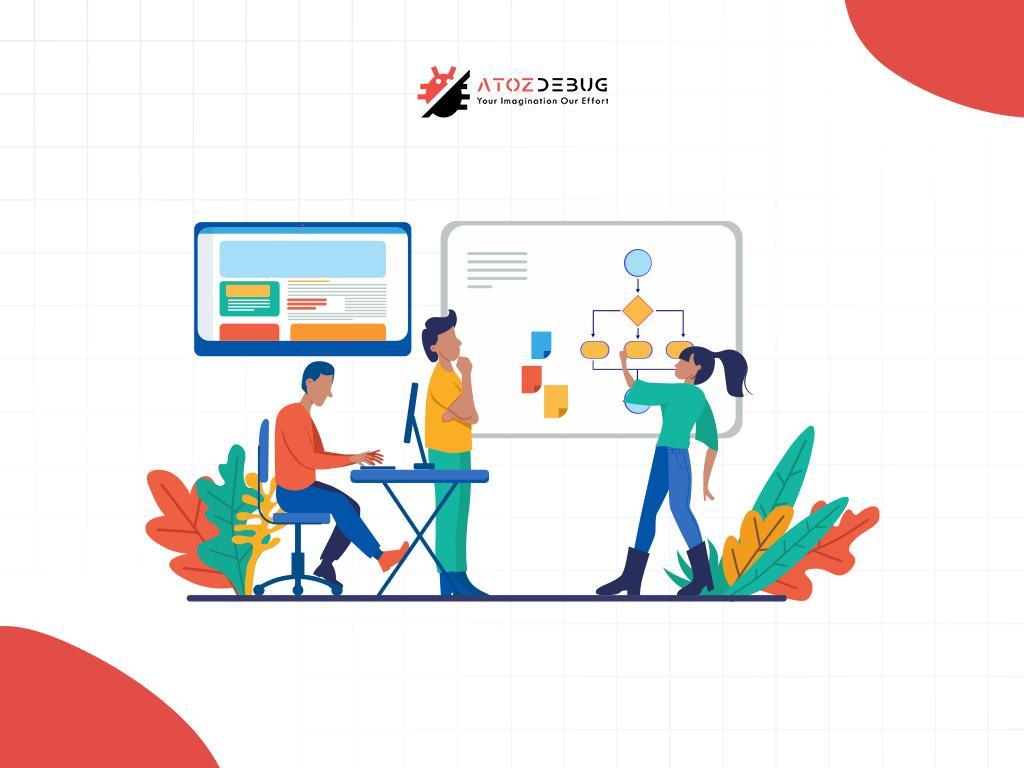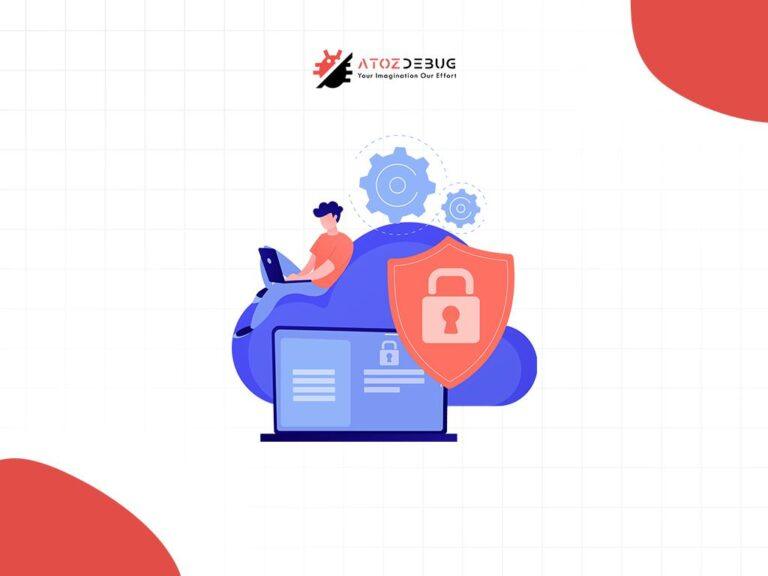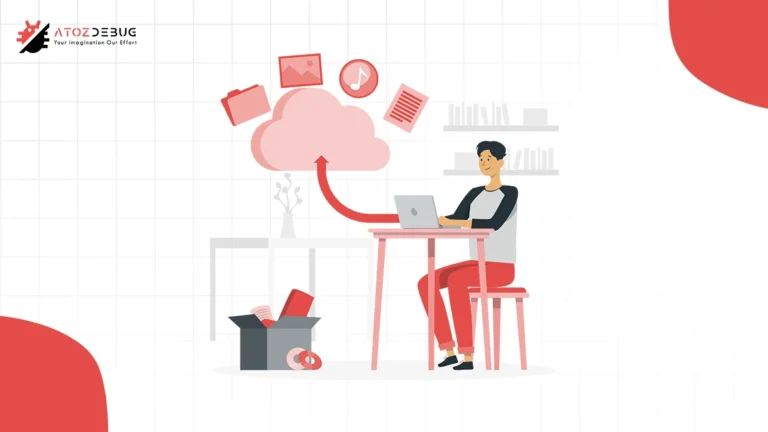Have you ever thought about why some SaaS products solve user problems easily while others don’t? Well, the answer to this question often lies in how the problem is defined.
For those who are UX designers, creating a clear problem statement is the first step to finding meaningful solutions. A design problem statement helps guide the process and makes sure it focuses on the real challenges users confront.
When there is no strong problem statement, teams might waste time working on features that aren’t really the main problems of the user.
But, with a well-defined statement in hand, designers can focus on the right problems. They can prioritize what users need, and ensure their work matches business goals. It’s literally the key to creating products that offer real value and improve the user experience.
In this article, we’ll look at the key parts of a strong problem statement. You’ll learn how to understand user motivations, use tools like empathy maps, and frame problems to create innovative solutions. No matter what your need is, whether you’re designing a subscription app or ride-sharing platform, mastering these skills will help you succeed.
Understanding User Needs and Motivations
If you’re designing a SaaS product, the key to creating helpful solutions is understanding the user’s problems. For that, you can start by figuring out what user needs and what motivates them. This isn’t just about finding obvious issues. It’s also about diving deeper into what’s causing their frustrations or struggles.
What is a User Problem?
A user problem is more than just a tricky task or a missing feature. It’s about finding out “why” users are facing the challenge. Are tasks hard because they don’t have the right tools? Or are they feeling frustrated for other reasons?
Here’s what user needs often involve:
- Usability: Is the product simple to use?
- Accessibility: Can all types of users access it?
- Efficiency: Does it help save time or effort?
Motivations, on the other hand, explain the “why.” For example, users may want to increase productivity, save time, or have a better experience overall.
To understand these problems better, empathy mapping is a great tool.
The Role of Empathy Mapping

The empathy mapping lets you see things from the user’s perspective by exploring:
- What users think and feel.
- Their pain points and frustrations.
- Their broader goals and aspirations.
For example, users might feel frustrated because the current setup doesn’t help them reach their goals. Or they might want to save time to focus on more important things.
Empathy mapping helps you look beyond just technical issues and understand the emotional side of the user’s experience too. It’s also important to understand surface-level problems and deeper issues. For example, if users find a feature hard to use, the real problem might be bad design or confusing instructions. That’s why, understanding the root cause will help you create a problem statement that truly matches what users need.
So, by focusing on both the specific problems and the bigger reasons behind them, you can definitely create a problem statement that connects with your audience. This user-first approach ensures your solutions are not only useful but also meaningful.
Framing Problems for Effective Solutions
Accurately framing the problem is an important step in creating solutions that truly meet user requirements. Instead of just finding the issue, problem framing helps you understand the deeper, sometimes hidden motivations and desires of users. When you frame the problem, it helps the whole team see it clearly, which makes it easier to come up with creative solutions.
Effective problem framing starts with understanding the users in every way. It might seem tempting to tackle everything at once. But, this can result in unclear or weak solutions.
Instead, the focus should be on the main problem users are facing, and making sure it’s clearly defined and specific. When framing the problem, think about these key points:
- Context: What situation is the user facing?
- Users: Who is affected by the problem?
- Impact: How does this problem impact the user or business?
- Goal: What do we want to achieve with the solution?
When the problem is framed in this way, it helps the whole team understand what users really need and their expectations. It keeps the design problem-solving process focused, whether you’re making tasks easier, improving engagement, or solving emotional needs. A clear problem statement guides in making decisions and prioritizing what’s most important for the users.
Let’s take the Zune by Microsoft as an example. It had features like song sharing, but it failed because it didn’t meet a real user need. Framing or misunderstanding the problem led to its failure. On the other hand, by understanding deeper needs, like the emotional connection of a new mother, you can create more focused and effective solutions.
In short, framing the problem is crucial for creating solutions that are not only useful but also meaningful. It helps avoid wasted effort, keeps the team on the same page, and develops solutions that genuinely solve the user’s main problems.
Integrating Design Thinking in SaaS
Integrative design thinking in product design has many benefits. It promotes teamwork, lowers risks, and makes sure users remain satisfied. It involves understanding what users need, figuring out the problems, developing ideas, and testing them. This design process helps SaaS apps stay useful in a market that changes constantly.
The Five Stages of Design Thinking

1. Empathize
The first step involves understanding your users. Talk to them through interviews, surveys, or by watching how they use your product or similar tools. For SaaS, this means finding out what they need and where they face problems. You should look for areas to improve and notice issues they might not address directly. This helps you focus on solving the right problems.
2. Define
Next, clearly define the problem. This step allows the team to stay focused and know exactly what needs fixing. A clear problem keeps everyone on the same page and makes it easier to find good solutions. In SaaS, this might mean identifying technical issues or user experience problems. Being clear here leads to better and more focused ideas.
3. Ideate
Now it’s time to brainstorm ideas. You need to be creative and explore all possibilities. This is the stage to think of new solutions, whether it’s improving current features or adding something completely new. Work together with your team to get different viewpoints. The goal here is to think outside the box and develop ideas that could make your product even better.
4. Prototype
Start making a few versions of your ideas. Prototypes can be basic interactive designs. They help you see how the solution might work and allow for early testing. In SaaS, this step saves time by spotting problems before building the final product. Prototypes also make it easier for users and stakeholders to give useful feedback, which helps you improve faster.
5. Test
Finally, test your prototypes with users. Collect their feedback and make improvements. This step makes sure the final design works well for users and meets business goals. Testing also helps find any usability issues or unexpected errors. When you make changes based on real user feedback, you can create a product that delivers the best value.
Crafting a Compelling Product Design Brief
A product design brief is a must-have for guiding the design process. It helps the design team understand the project’s goals and scope. A well-crafted brief sets clear expectations and makes sure that everyone stays aligned throughout the project.
Follow these steps if you want to create an interesting product design brief:
1. Start with the Problem Statement: The problem statement is the core of any design brief. It should clearly explain the problem your product is solving. This helps the design team understand the challenge and stay focused on creating the right solution.
2. Know Your Audience and Their Needs: A good brief should also include information about your target audience. So, define who your users are, their ages, jobs, and challenges. You must include user personas that show their needs and how they use your product. When you understand these, it will help make sure the design solves the right problems.
3. Business Objectives and Success Metrics: Apart from user needs, explain your business goals. What should the product achieve? It could be things like keeping users retention, making the experience better, or simplifying tasks. You should add ways to measure success, like specific metrics, to see how well the product works after launch.
4. Outline the Design Process: The brief should also explain how the design process solves the problem. Will it include user research, prototypes, or testing? For SaaS products, focus on speed and quality by using quick iterative development and rapid prototyping.
5. Clarify Constraints and Limitations: A good product brief should mention any constraints or limitations. Knowing these limits helps the team focus on what can realistically be done.
Finally, the brief should guide the team throughout the design process. It keeps everyone focused on solving the problem while balancing user experience and business goals.
A strong product design brief helps create a product that works effectively, satisfies users, and supports business success.
Aligning Stakeholders for Success
Stakeholder alignment is key to the success of any SaaS product. A project usually involves many stakeholders: product managers, developers, marketers, and designers. For the product to do well, everyone must agree on the problem and the solution.
Bringing everyone together starts early, usually during the problem-framing and product-design stages. When everyone agrees on the user problem and solution upfront, UX designers can avoid confusion and miscommunication later in the process.
Regular communication and teamwork between designers and stakeholders are key to staying on the same page. UX designers should involve stakeholders throughout the process by sharing ideas, asking for feedback, and showing designs that address the problem. This open communication helps the team stay aligned and work towards the same goals.
When every stakeholder is aligned, the design process runs more smoothly, and the product is more likely to meet user needs as well as business goals. Plus, aligning the team helps stakeholders feel more involved and invested in the product’s success.
Starting with stakeholder alignment and keeping communication open helps create a strong foundation for the project. When everyone is on the same page, the development process runs more smoothly, and the product is more likely to meet its objectives.
Conclusion
Let’s conclude this article by saying that creating a strong problem state is a key skill for UX designers in SaaS product development. It basically helps you understand user needs, define the challenge clearly, and build alignment among stakeholders. With a focus on design thinking principles and working on emotional engagement, you can definitely develop products that solve real problems and offer meaningful value as well.
A problem statement is more than just any technical issue. It’s also about understanding the user’s experience, like how they think, feel, and act. When you build a clear story around this, it lays the foundation for great design. This eventually helps you solve important problems and create products with strong value propositions and better results.
As you excel in your design career, working on methods improvement is what the industry demands. For that, you can use tools like empathy maps, user interviews, and problem-framing exercises to keep the focus on users. Learning these techniques will allow you to tell stories and create SaaS products that really connect with people.
Now, you can see that effective problem-solving starts with clearly understanding the problem.
So, are you planning to improve your product, reshape your organization, or learn more about SaaS strategies? If yes, you need a partner with expertise in SaaS product strategy to make it successful.
Consider ATOZDEBUG, schedule a consultation, and explore how we can boost your business.
Frequently Asked Questions
Q1. How do I identify problems worth building a SaaS for?
Join the communities where your users are—forums, Reddit threads, reviews. Pay attention to recurring issues or manual solutions. Validate demand before building.
Q2. What’s the biggest challenge SaaS startups face?
Most struggle with customer acquisition, churn, product-market fit, and differentiating themselves — all of which arise from obscure user problems.
Q3. What questions should I ask customers when they churn?
Ask why they cancelled—was it because of price, lack of features, usability? Break down the change into categories such as active vs. passive and happy vs. avoidable.
Q4. Why does a clear problem statement matter in SaaS?
Because it aligns your team with real user problems. Without it, you might end up building features that no one needs or solving the wrong problem.
Q5. What’s an easy way to start writing a problem statement?
Ask simple questions: What’s broken? Who’s affected? Why does this matter? Develop some basic pitch, then refine it with real user feedback or data.





